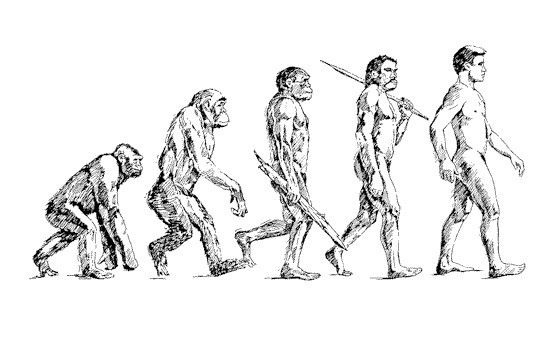
The Closest Living Relatives: Human, Chimpanzee, and Bonobo
Humans share an extraordinary evolutionary history with other members of the primate family. Among all animals, chimpanzees and bonobos—both belonging to the genus Pan—are our closest living relatives. Modern genetic, anatomical, and behavioral research shows that we share approximately 98–99% of our DNA with these apes. This genetic similarity offers scientists a unique window into our evolutionary past, as well as insight into the behavioral and cognitive traits that define our species.
Evolutionary Background
Our common ancestry with chimpanzees and bonobos can be traced back roughly 5 to 7 million years. Fossil and genetic evidence suggests that early hominids split from the lineage that would eventually lead to modern Pan species. This divergence marked the beginning of distinct evolutionary paths. While early human ancestors developed traits like bipedalism and increased brain size, the Pan lineage retained many characteristics suited for a life in the trees and on the forest floor. Although millions of years separate us, the remnants of our common ancestry are evident in our skeletal structures, brain organization, and even aspects of our social behavior.
Genomic Similarities and Differences
Genomic studies have revealed that humans and members of the genus Pan share a remarkably high percentage of DNA. Researchers have identified that the genetic difference between us is only about 1–2%. These differences, though small in percentage, have profound implications for our morphology, behavior, and cognitive abilities. For example, while both humans and chimpanzees have similar protein-coding genes, differences in gene regulation and expression contribute to the vast differences in brain development and function. Such insights help scientists understand not only how we evolved but also which genetic changes might have been crucial in the development of uniquely human traits like language, abstract thought, and complex social structures.
Behavioral and Social Comparisons
Behaviorally, chimpanzees and bonobos exhibit a range of social dynamics that can be compared to human behavior. Chimpanzees, for instance, live in complex social groups where dominance hierarchies and alliances play a significant role. They are known to use tools, display problem-solving skills, and engage in cooperative hunting—behaviors that highlight their cognitive abilities. Bonobos, often noted for their peaceful and cooperative societies, use social and sexual behaviors to manage conflict and build social bonds. While human societies are far more complex, many studies suggest that the roots of our social behavior can be traced back to common patterns observed in these close relatives.
Anatomical Comparisons
Anatomically, the differences and similarities between humans and Pan species offer clues about our evolutionary trajectory. Both humans and chimpanzees possess forward-facing eyes, a large brain relative to body size, and similar limb structures. However, humans have evolved a more refined bipedal gait, a larger and more complex cerebral cortex, and a unique hand structure that supports fine motor skills and tool use. These differences underscore the evolutionary pressures that have shaped human evolution, particularly those related to environmental changes and the development of culture and technology.
Implications for Understanding Human Nature
Studying the closest relatives to humans not only helps trace the steps of our evolutionary past but also provides valuable insights into our present-day behavior and cognition. For example, by understanding the social structures and communication methods of chimpanzees and bonobos, researchers gain clues about the origins of human language and social organization. Moreover, insights into the genetic similarities and differences can inform medical research, particularly in understanding neurological disorders and other conditions that affect brain function.
In conclusion, chimpanzees and bonobos are not only our closest living relatives in zoology but also living examples of the evolutionary journey that shaped modern humans. Their genomes, behaviors, and anatomies help bridge the gap between our ancestral past and our current identity as a species. As research continues to refine our understanding of these relationships, the study of our closest animal relatives remains a vital area in uncovering the mysteries of human evolution.
Works Cited
“Chimpanzee.” National Geographic, National Geographic Society, https://www.nationalgeographic.com/animals/mammals/group/chimpanzees/. Accessed 16 Feb. 2025.
“Great Apes.” Smithsonian National Museum of Natural History, Smithsonian Institution, https://naturalhistory.si.edu/education/teaching-resources/for-students/great-apes. Accessed 6 Feb. 2025.
“Human Evolution.” Understanding Evolution, University of California Museum of Paleontology, https://evolution.berkeley.edu/evolibrary/article/homs_01. Accessed 6 Feb. 2025.
“The Chimpanzee Genome Project.” National Human Genome Research Institute, https://www.genome.gov/10001688/chimpanzee-genome-project/. Accessed 9 Feb. 2025.
Post a comment